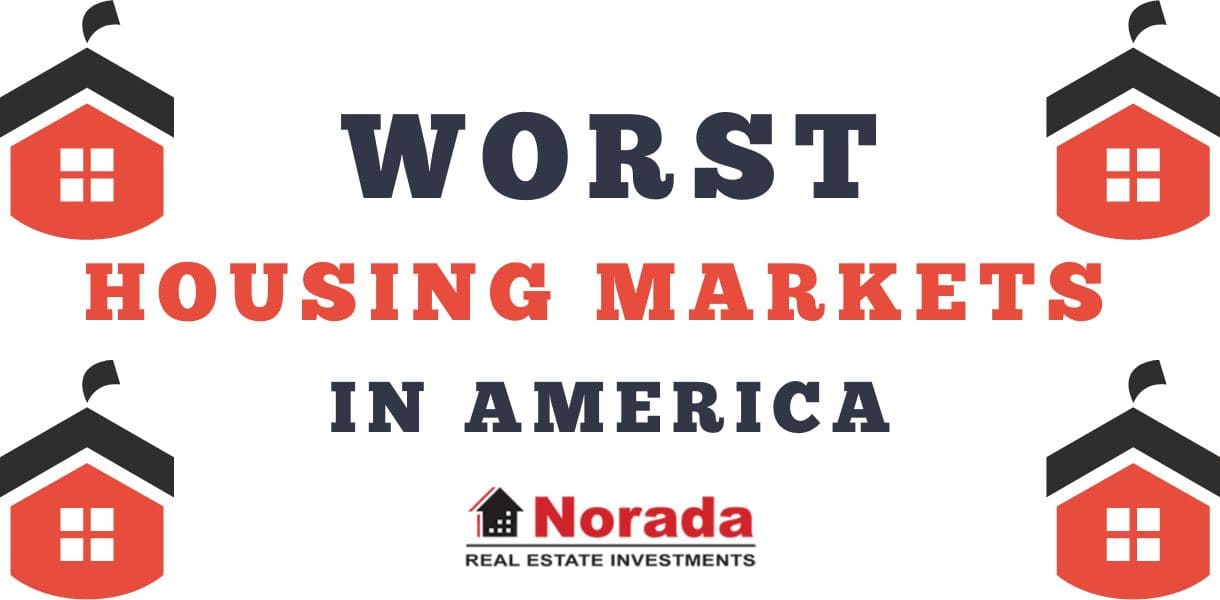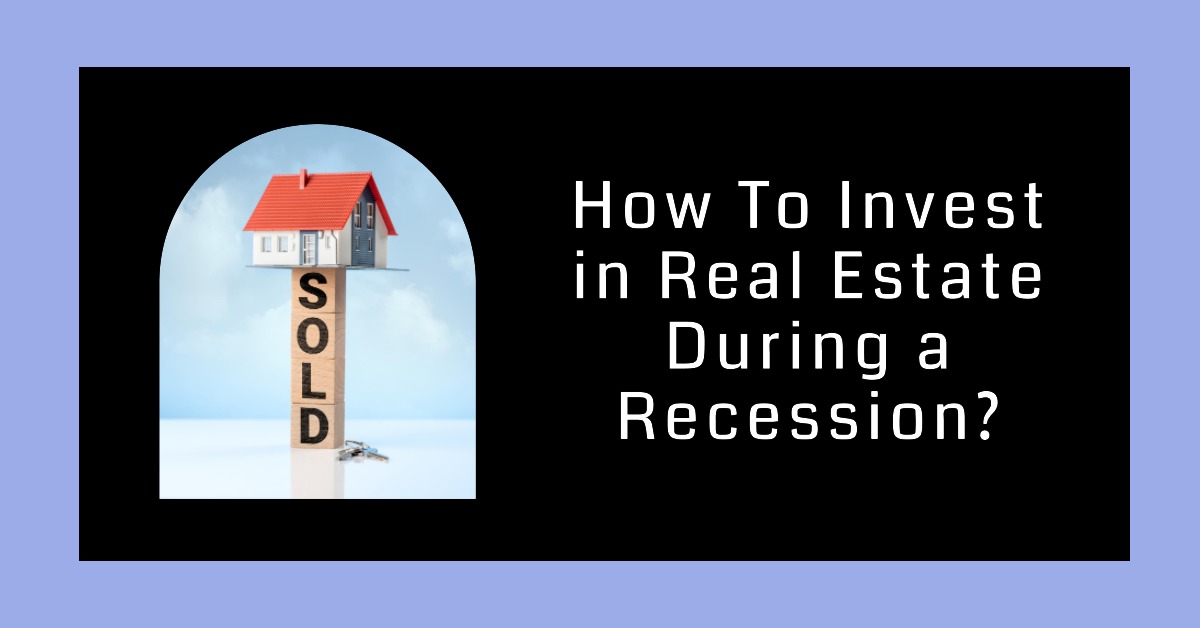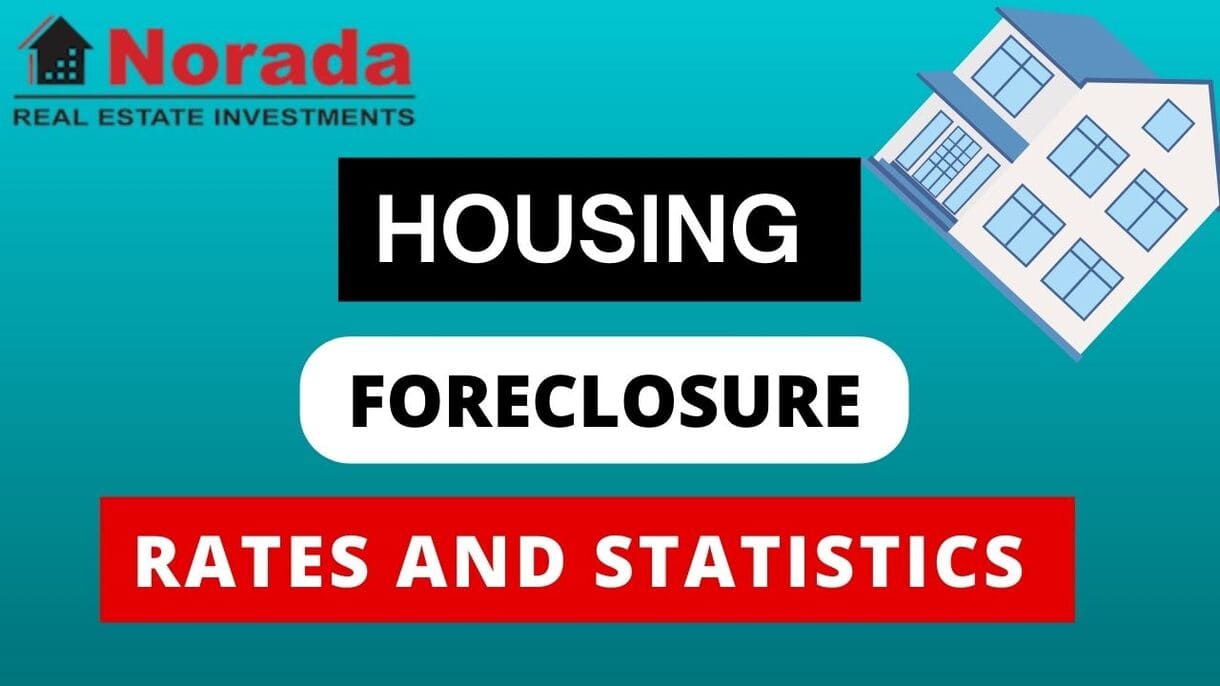Are you thinking about buying or selling a home in Providence, RI? Understanding the Providence RI housing market trends is crucial for making informed decisions. The Providence RI housing market currently remains competitive, with homes selling relatively quickly and often for above the asking price. However, some shifts are noticeable compared to the previous year, indicating a potential move towards a more balanced market. Let's explore the latest trends to help you navigate this dynamic market.
Providence RI Housing Market Trends:
Home Sales
The Providence RI housing market has seen a slight increase in the number of homes sold in 2024 compared to 2023. According to Redfin, there were 120 homes sold in October 2024, up from 104 in October 2023, reflecting a 15.4% year-over-year increase. This indicates a continued demand for homes in the Providence area, but the pace of sales has slowed compared to the previous year.
While the number of homes sold has increased, the speed at which they sell has slowed. The median days on market have increased from 14 days in 2023 to 30 days in 2024. This increase in the time it takes to sell a home suggests a potential shift towards a more balanced market, giving buyers more time to make offers and negotiate.
From my perspective, this slower pace of sales might be due to several factors. One could be the rising interest rates, which have made mortgages more expensive, impacting affordability for some buyers. Another could be the slight increase in the number of homes available for sale, giving buyers more options.
Home Prices
The Providence RI housing market has experienced a notable increase in home prices over the past year. The median sale price of a home in Providence was $500,000 in October 2024, up 8.7% from the previous year. This indicates that the market is still experiencing upward pressure on prices, but the pace of growth has slowed compared to previous years.
The median sale price per square foot is also up, reaching $249, which reflects a 7.5% year-over-year increase. This metric gives us an idea of how much buyers are willing to pay for each square foot of living space in Providence. In my opinion, this increase is still relatively healthy, and indicates that the desirability of the Providence area remains strong.
Table 1: Key Providence Housing Market Metrics (October 2024)
| Metric | Value | Year-over-Year Growth |
|---|---|---|
| Median Sale Price | $500,000 | +8.7% |
| Number of Homes Sold | 120 | +15.4% |
| Median Days on Market | 30 | +16% |
| Sale-to-List Price | 100.8% | -1.5% |
| Homes Sold Above List Price | 49.2% | -5.6% |
| Homes with Price Drops | 22.3% | +3.2% |
Source: Redfin
Housing Supply
While the overall Providence RI housing market remains competitive, there are signs that the housing supply is slowly increasing. This increase in supply is contributing to the slightly longer median days on market. While it's difficult to pinpoint the exact reasons, the increase in supply might be attributed to several factors.
Firstly, some homeowners might be choosing to sell their homes due to increasing interest rates and the desire to lock in lower rates on a future purchase. Secondly, new construction projects might be slowly adding to the available inventory.
Market Trends
The Providence RI housing market trends in 2024 suggest a potential shift towards a more balanced market compared to the previous year. While home prices continue to rise, the pace of growth has slowed, and homes are taking slightly longer to sell. This indicates a lessening of the intense seller's market that was experienced in the past.
One of the most notable shifts is the slight decrease in the percentage of homes sold above the list price and the increase in the number of homes with price drops. This suggests that buyers have more leverage in negotiations compared to previous years.
Another trend that I've observed is a growing interest in certain neighborhoods within Providence. For instance, the historic neighborhoods like College Hill and Federal Hill continue to be popular choices for buyers who appreciate the charm and walkability of these areas.
From my experience, it's important to understand that these trends can vary greatly across different neighborhoods within Providence. The housing market in areas with more desirable schools, amenities, or proximity to downtown Providence may continue to see higher demand and prices compared to others.
Is It a Buyer's or Seller's Housing Market?
The Providence RI housing market in 2024 is transitioning from a strong seller's market to a more balanced market. Buyers are finding themselves with slightly more negotiating power as the median days on market have increased and the percentage of homes selling above list price has decreased. However, the market still favors sellers to some extent, as home prices continue to rise.
In my opinion, the current market offers a good opportunity for both buyers and sellers. Buyers can take advantage of the slightly increased supply and negotiate better deals, while sellers can still benefit from strong demand and above-average prices compared to other areas.
Are Home Prices Dropping?
While the pace of home price growth has slowed in the Providence RI housing market, home prices are not significantly dropping. There has been an increase in the number of homes with price drops, but it's still a relatively small percentage.
From my experience, home prices are unlikely to drop significantly in the near future unless economic conditions change drastically. Providence remains a desirable location due to its vibrant economy, excellent schools, and historical appeal. These factors will continue to support the housing market and keep prices relatively stable.
Migration and Relocation Trends
Understanding where people are moving to and from within the Providence area can provide valuable insights into market dynamics. Redfin's data shows that in the period of Sep '24 to Nov '24, about 82% of homebuyers searched to stay within the Providence metropolitan area, while 18% looked to move out.
Where are people moving to Providence from?
Based on Redfin's data, the primary sources of inbound migration to Providence include:
- New York, NY
- Hartford, CT
- Philadelphia, PA
These areas are relatively close to Providence and offer attractive options for people seeking a change of scenery, a more affordable housing market, or better job opportunities.
Where are people from Providence moving to?
The primary destinations for outbound migration from Providence include:
- Portland, ME
- Lebanon, NH
- Miami, FL
These locations offer a variety of attractions for those leaving Providence, such as a more relaxed lifestyle, access to outdoor recreation, or warmer weather.
It's important to remember that this data is based on searches for homes and not actual moves. However, it does provide a general understanding of the migration patterns within and outside of the Providence metropolitan area.
Providence RI Housing Market Forecast 2025-2026
The Providence housing market forecast suggests a gradual increase in home values, with a projected 3.9% rise in home prices by October 2025. However, the market is still relatively volatile, and it's important to understand the full picture before making any major moves.
I've been following the Providence housing market closely, and based on the data I've gathered, especially from credible sources like Zillow, we can get a clearer picture. Let's take a look at the projected annual growth in home values.
Home Price Forecast for Providence
| Forecast Period | Projected Home Value Increase |
|---|---|
| November 2024 | 0.3% |
| January 2025 | 0.7% |
| October 2025 | 3.9% |
Zillow's forecast suggests that while the growth is moderate, it's anticipated to be more significant in the later part of 2025. This kind of gradual increase isn't unusual. We saw similar patterns in the national market coming out of the pandemic. It shows a market that's healing and stabilizing.
While Providence is predicted to experience a steady increase, it's worth comparing it to other areas within Rhode Island. It is important to understand the differences and similarities between the metro area compared to the rest of the state. In my experience, Providence generally follows state-wide trends.
Will Home Prices Drop in Providence?
The short answer is that while there could be fluctuations, a major crash seems unlikely. The current projections show a modest but positive trend for the Providence real estate market. It's not a runaway bull market, which is a good thing for both buyers and sellers. However, given the general economic uncertainty, we could see some slowdown or flattening of growth. I personally feel that there's a low probability of a crash, but it's always good to be prepared.
Possible Forecast for 2026
Predicting the future beyond the current data is always a challenge. However, based on the current trend and the historical data, I'd anticipate that the Providence housing market will continue to show modest growth in 2026. It might not be a super strong growth, but I see it as a healthy, steady market.
Final Thoughts
The Providence housing market forecast suggests a positive outlook with a gradual appreciation in home values, but it's wise to monitor the market closely, especially considering the larger economic context. As your local expert, I'm always here to help you make informed decisions. Whether you're a buyer or seller, understanding the trends and making a plan based on them can help you to navigate the market successfully.
Is Providence, RI Housing Expensive to Live?
Here's a breakdown of whether Providence, RI is expensive to live in:
Affordability Compared to Nationals:
- Overall: Providence has a cost of living that's around 13% higher than the national average. This means most everyday expenses will be slightly more expensive than the US average.
- Housing: Housing is one area where Providence shines. The median sale price is significantly lower compared to major cities, making it an attractive option for homebuyers.
Context Matters:
- Regional Comparison: While Providence is more expensive than the national average, it's significantly cheaper than neighboring Boston. This makes it a more affordable alternative for those seeking a similar urban experience.
- Individual Needs: Affordability depends on your lifestyle and income. Providence can be a great fit for young professionals or families seeking a good quality of life without breaking the bank.
Why Providence Might Be More Expensive:
- Limited Inventory: While the market is currently showing signs of a shift, historically, Providence has experienced lower housing inventory compared to some areas. This can put upward pressure on prices.
- Utilities: Utility costs in Providence tend to be higher than the national average. This can be a factor to consider when calculating your overall living expenses.
What is the Best Place to Live or Buy a House in Providence?
There's no single “best” place to live in Providence, RI. It really depends on your priorities and lifestyle! Here's a breakdown of some popular Providence neighborhoods to help you narrow it down:
For Young Professionals:
- Downtown Providence: Bustling nightlife, cultural attractions, close proximity to jobs, but comes with a higher price tag.
- Fox Point: Eclectic mix of restaurants, shops, and bars, walkable, good for young professionals and artists.
- Federal Hill: Providence's “Little Italy,” lively atmosphere, great restaurants, can be somewhat crowded.
For Families:
- College Hill: Historic charm, safe environment, good schools, close to Brown University and RISD (may be pricier).
- Elmhurst: Quiet, family-friendly atmosphere, affordable compared to some areas, close to public transportation.
- Wayland Square: Diverse community, mix of families and young professionals, parks and recreational areas.
For Those on a Budget:
- Smithfield: Located just outside Providence city limits, offers a more suburban feel with lower housing costs.
- Washington Park: Up-and-coming neighborhood with a mix of housing options and increasing affordability.
- Upper South Providence: More affordable housing options, revitalization efforts underway.
Other Factors to Consider:
- Walkability: Do you want to be able to walk to most places, or do you prefer a car-dependent lifestyle?
- Nightlife: How important is access to bars, restaurants, and entertainment venues?
- Schools: If you have children, research the quality of the public schools in different neighborhoods.
- Proximity to Work: Consider your commute time when choosing a neighborhood.
Overall:
Providence offers a good balance between affordability and quality of life, especially when compared to other major cities. While some everyday expenses may be slightly higher than the national average, housing costs make up for much of the difference. It's important to consider your individual needs and priorities when determining if Providence is an affordable place for you to live.





